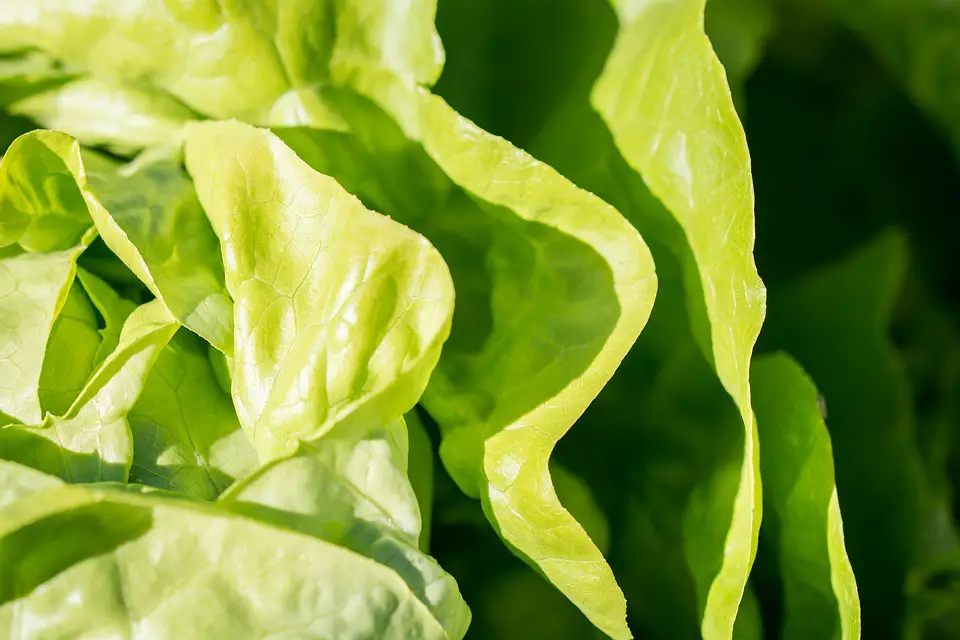Introduction
As urban populations continue to grow and space becomes a limited resource, more and more people are exploring innovative ways to grow their own food. The rise of urban farmers who embrace the challenge of cultivating vegetables in small spaces is becoming a popular trend worldwide. This article will explore the reasons behind this movement and provide valuable insights into how you too can become an urban farmer.
Benefits of Urban Farming
Urban farming offers a multitude of benefits both for individuals and the community as a whole. Firstly, it allows people to have access to fresh and organic produce right at their doorstep. By eliminating the need for transportation from farms to cities, urban farming also reduces carbon emissions and enhances the overall sustainability of food production.
Furthermore, urban farming promotes a sense of community as it often involves shared gardening spaces or rooftop gardens. These initiatives foster connections between residents and provide opportunities for knowledge exchange and collaboration.
Techniques for Small-Space Farming
Growing vegetables in small spaces requires creativity and ingenuity. One technique commonly used is vertical gardening, where plants are grown in stacked layers, utilizing walls or trellises to maximize space. Another approach is container gardening, which involves planting vegetables in pots, boxes, or any other suitable containers. Additionally, hydroponics and aquaponics systems offer space-efficient solutions that rely on water instead of soil.
Choosing the Right Vegetables for Urban Farming
When it comes to urban farming, selecting the right vegetables is crucial. It is essential to choose crops that are well-suited for small spaces and have shorter growing seasons. Leafy greens like lettuce, spinach, and kale are ideal choices as they grow quickly and don’t require much space. Herbs such as basil, mint, and rosemary are also great options due to their compact size and versatility in various culinary dishes.
Overcoming Challenges of Urban Farming
Urban farming comes with its own set of challenges. Limited space, lack of sunlight, and restricted access to water are some common obstacles. However, innovative solutions like vertical farming techniques, reflective materials to maximize sunlight, and using drip irrigation systems can help overcome these challenges. Additionally, joining local gardening communities and seeking guidance from experienced urban farmers can provide valuable insights and support.
FAQs Section
Q1: How much space do I need for urban farming?
Urban farming can be done even in the smallest of spaces. Techniques like container gardening and vertical gardening require minimal square footage, making it possible to grow vegetables on balconies, rooftops, or even indoors.
Q2: Is urban farming expensive?
Urban farming can be cost-effective as it eliminates the need for transportation and reduces expenses associated with purchasing produce. Furthermore, using recycled materials for containers and opting for DIY solutions can significantly reduce costs.
Q3: Can anyone become an urban farmer?
Absolutely! Urban farming is accessible to everyone, regardless of their previous gardening experience or space limitations. With a little research, planning, and dedication, anyone can start their own mini-farm in an urban environment.
Q4: Are there any restrictions or regulations for urban farming?
Regulations regarding urban farming vary depending on the city and region. It is advisable to check with local authorities to ensure compliance with any existing guidelines or obtain the necessary permits if required.
Q5: Can I make a profit from urban farming?
While making a substantial profit solely from urban farming might be challenging, it is possible to generate a supplementary income. Selling surplus produce, participating in local farmers markets, or offering gardening workshops can provide avenues for generating revenue.
Q6: How do I get started with urban farming?
Starting with urban farming is relatively simple. Begin by researching suitable techniques for your space and then select appropriate vegetables to grow. Acquire necessary gardening tools, materials, and seeds. Lastly, seek inspiration and advice from experienced urban farmers to ensure a successful journey.




